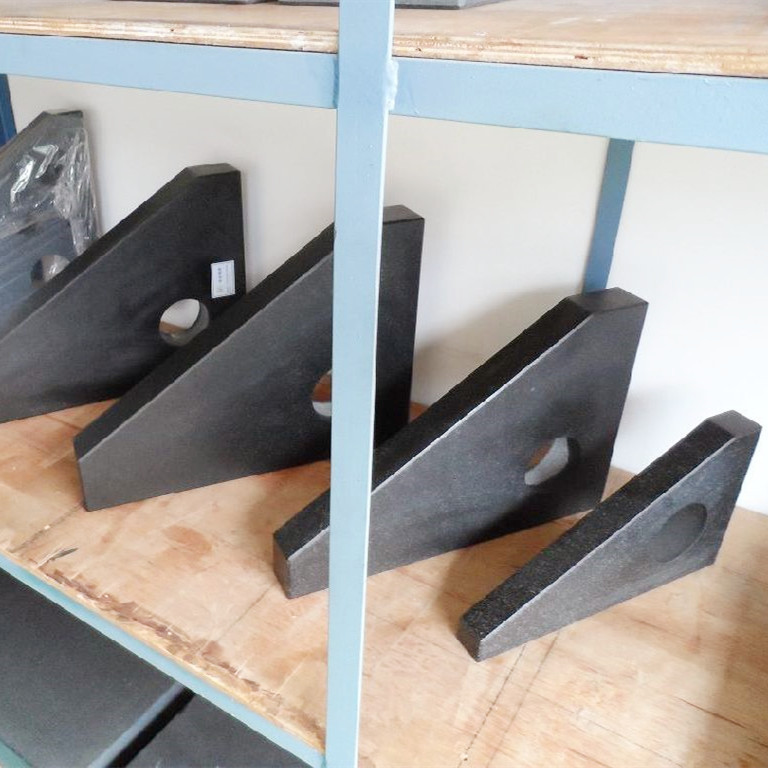12 月 . 04, 2024 16:39 Back to list
water flow control valve types
Understanding Water Flow Control Valve Types
Water flow control valves are essential components in various systems, ranging from irrigation and municipal water supply to industrial processes and residential plumbing. These valves regulate the flow of water, ensuring efficient operation and safeguarding against potential issues like pressure fluctuations and backflow. Understanding the different types of water flow control valves can help in selecting the right one for specific applications.
1. Gate Valves
Gate valves are one of the most commonly used types of flow control valves. They operate by raising or lowering a gate within the valve body, which either opens or closes the flow path. When fully opened, they provide minimal resistance to flow, making them ideal for on/off applications rather than throttling flow. However, gate valves can be relatively slow to operate and are not well-suited for modulating flow over time.
2. Globe Valves
Globe valves are designed for regulating flow and are characterized by their spherical body shape. They offer excellent throttling capabilities, making them suitable for applications where precise flow control is essential. The flow through a globe valve can be easily adjusted by turning the handwheel, which raises or lowers the disc inside the valve. This type of valve is commonly used in steam, water, and oil systems, though they may have a higher pressure drop compared to gate valves.
3. Ball Valves
Ball valves feature a spherical closure element (the ball) that rotates within the valve. They provide quick and reliable shutoff, with minimal pressure drop when fully open. Ball valves are favored in systems where rapid on/off operation is needed. They come in various designs, including full port (providing a larger opening for flow) and reduced port. Ball valves can handle high pressures and temperatures, making them versatile for industrial applications.
water flow control valve types

4. Butterfly Valves
Butterfly valves utilize a rotating disc to regulate flow. When the disc is turned parallel to the flow direction, it allows water to pass through; when turned perpendicular, it blocks the flow. They are compact and lightweight, making them suitable for large pipes where space is a concern. Butterfly valves are often used in water treatment plants, fire protection systems, and HVAC applications due to their ease of operation and quick activation.
5. Check Valves
Check valves are designed to prevent backflow in a system. They allow flow in one direction while automatically closing when the flow reverses. These valves are critical in preventing contamination and protecting equipment and pipelines from damage caused by backflow. Various types of check valves exist, including swing check valves, lift check valves, and ball check valves, each serving different operational needs and installation requirements.
6. Diaphragm Valves
Diaphragm valves utilize a flexible diaphragm to regulate flow. When the diaphragm is pushed down into the flow pathway, it stops the flow; when lifted, it allows the flow to pass. These valves are especially useful in applications that require a high degree of cleanliness and are commonly used in pharmaceutical and food processing industries. Diaphragm valves can effectively handle corrosive fluids and provide excellent sealing capabilities.
Conclusion
Choosing the right type of water flow control valve is critical for the efficiency and functionality of any water system. Each type of valve offers unique benefits and is suited for different applications. Whether you need simple on/off control, precise flow regulation, or protection against backflow, understanding these valve types can assist in making informed decisions. It is essential to consider factors such as the medium being controlled, pressure requirements, space limitations, and the specific operational demands of your system before selecting a valve. By doing so, you can ensure optimal performance and longevity of your water management solutions.
-
Y Type Strainers: A Comprehensive GuideNewsOct.18,2024
-
Understanding Water Valve Options for Your NeedsNewsOct.18,2024
-
Functions and TypesNewsOct.18,2024
-
An Essential Component for Fluid SystemsNewsOct.18,2024
-
Adjustment and ReplacementNewsOct.18,2024
-
Slow Closing Check Valves: A Key Component in Fluid SystemsNewsOct.08,2024
Related PRODUCTS









